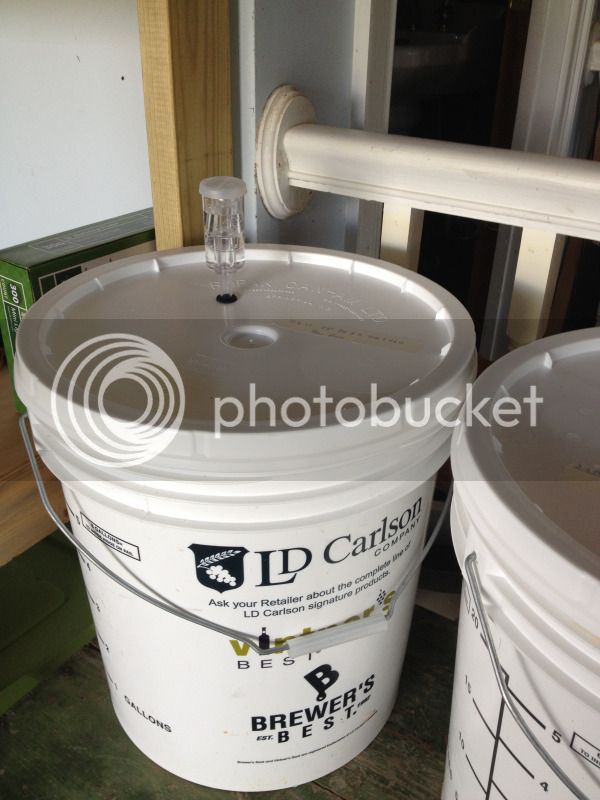I started my cider last night with 6 gallons of fresh squeezed apple juice. I added no sulphites, no yeast and plan to use no chemicals.
Will it do alright? Do you see any problems?
The SG was 1.060, the temp was 72 and the pH was 3.2.
I have it in a sanitized plastic brewers bucket with a lid and water lock installed. It will be kept at room temperature.
Any help will be greatly appreciated. It was a lot of work to squeeze all that juice and I'd like to avoid any problems.
Will it do alright? Do you see any problems?
The SG was 1.060, the temp was 72 and the pH was 3.2.
I have it in a sanitized plastic brewers bucket with a lid and water lock installed. It will be kept at room temperature.
Any help will be greatly appreciated. It was a lot of work to squeeze all that juice and I'd like to avoid any problems.



